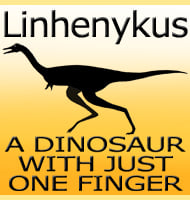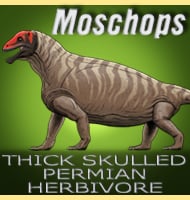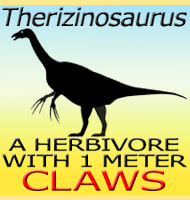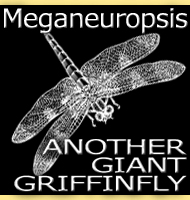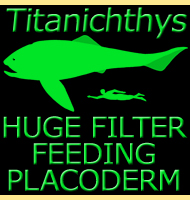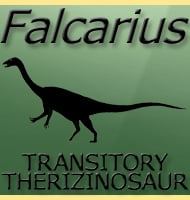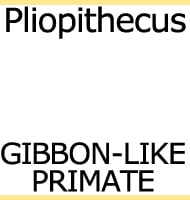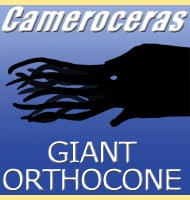In Depth
Anteophthalmosuchus fossils were originally attributed to Goniopholis crassidens, another genus of prehistoric crocodile from across Europe and Asia. A new study over a century later however found the fossils to actually belong to a distinct genus of crocodile rather than the type species of Goniopholis.
Anteophthalmosuchus was chosen as the name of the genus because the eye sockets are positioned so that the eyes faced directly forwards instead of up. Another interesting feature, or rather lack of, is that the mandibular fenestra (an opening in the posterior region of the lower jaw) that is common in many crocodiles is missing.
Further Reading
– European Goniopholididae from the Early Albian Escucha Formation in Ari�o (Teruel, Arag�n, Espa�a). – Spanish Journal of Palaeontology. 28 (1): 103–122. – A. D. Buscalioni, L. Alcal�, E. Esp�lez & L. Mampel – 2013. – A new species of Anteophthalmosuchus (Crocodylomorpha, Goniopholididae) from the Lower Cretaceous of the Isle of Wight, United Kingdom, and a review of the genus. – Cretaceous Research. 84: 340–383. – J. Ristevski, M. T. Young, M. B. de Andrade & A. K. Hastings – 2017.

